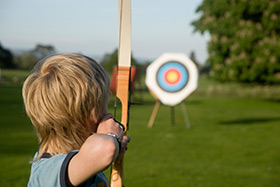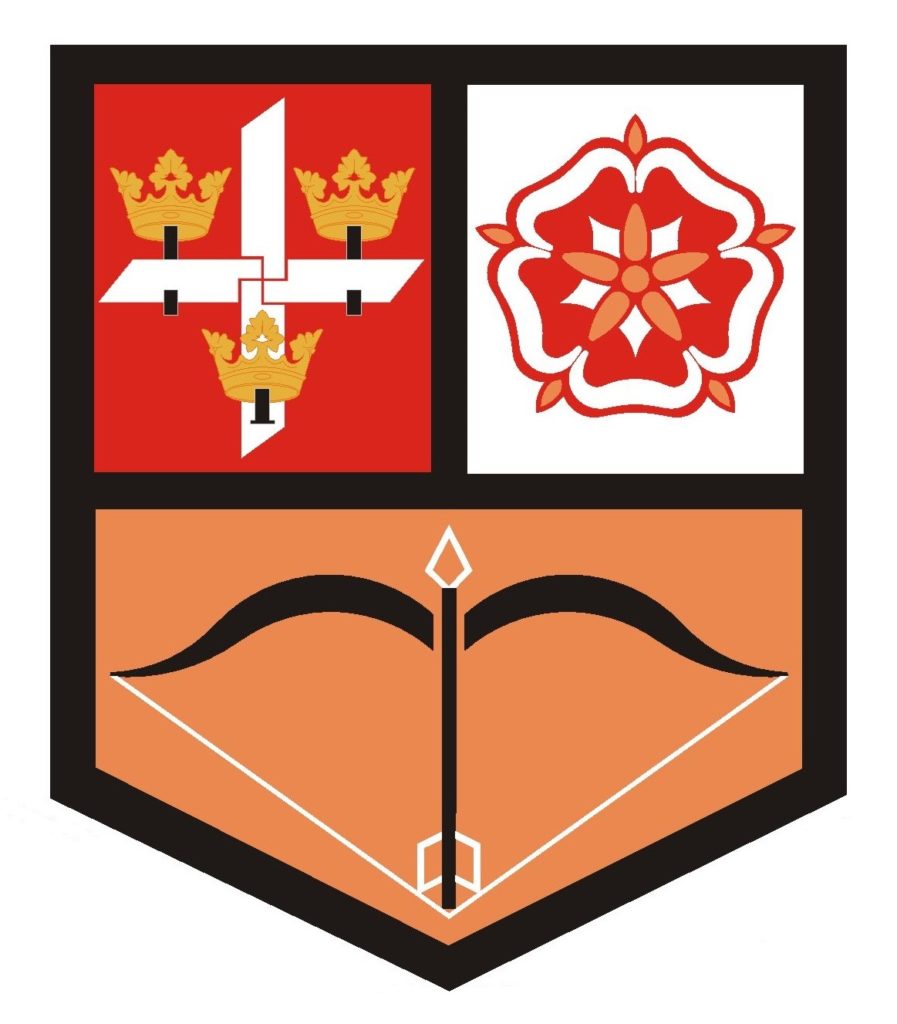
Handicaps can be viewed as a measurement of precision which can indicate your consistency over time across different rounds.

At its most simple, a handicap can be viewed as a measure of precision (i.e. group size or consistency). The smaller the handicap, the smaller the group and the better the score.
A perfect archer can shoot an identical shot every time to hit the ‘spider’ or ‘x’ at the centre of the target. In reality, however, no archer is perfect and our rounds have imperfections due to; variation in technique from shot to shot, the point of release as the sight floats, weather … etc. Each arrow follows a slightly different path to the target. The spread of the arrows as they leave the bow translates directly to the size of the group down range and hence the score. The more skilled an archer is the smaller the variation from the perfect shot and the smaller the group.
We assign a number to measure the amount of variation as the arrows leave the bow – this is the handicap. By tracking where the arrows land on a particular target face at a given distance, we can then calculate the expected score.
See this article to find out how you go about getting a handicap.
For a full explanation and useful links and tools regarding the calculation and use of handicaps, please follow this link to the Archery GB site …
